A Stepwise Guide on How to Develop a Blog Content Strategy
Author: Team WH
Published On: 08-05-23
Last Updated on: 28-12-23
Estimated reading time: 9 minutes
Content marketing has taken over the marketing space, with blogs as a central element. Blogs can attract leads to your sites, create brand awareness, and exhibit your expertise in the industry.
However, to ensure that your blogs perform well, you need to know how to develop a blog content strategy. An effective content marketing blog strategy with in-depth research and thorough insights increases the chances of your blogs achieving their goals.
In this blog, we will help you understand a blog content strategy, why you need it, and how to develop one with the right steps. So let us dive in right away!
Table of Contents
- What is a Blog Content Strategy?
- Why Develop a Blog Content Strategy?
- How do You Plan a Blog Strategy?
- Wrapping Up
- Frequently Asked Questions
What is a Blog Content Strategy?
A blog content strategy reflects your vision for your blog. Just like a business needs a strategy to move in the right direction, a blog content strategy helps you carve the path that will help you reach your end goals.
A successful strategy involves a clear idea of the goals you want to achieve with your blog, how you want to reach those goals, and how to measure if you are on the right track.
An effective content marketing blog strategy is about deciding the why, who, what, how, and when of your blogs.
- Why are you writing a blog? The goals you need to achieve
- Who are you writing for? Your target audience
- What are you going to write about? Your content topics
- How are you going to blog? Keyword search and identifying the platform
- When do you want to post the blog? Scheduling your content
Why Develop a Blog Content Strategy?
Over 6 million blog posts get published every day, but not all of them receive the traffic they target. Your blogs might have good content, but you need a clear strategy to help them reach your audience.
Additionally, when you sit down to create a blog content, you might turn out wasting a lot of time in finding new ideas and conducting keyword research. A pre-planned content strategy helps you overcome these challenges. Moreover, a good blog post created with a thoughtful strategy will also create brand awareness and educate your audiences.
How do You Plan a Blog Strategy?
As you now understand how a blog content strategy helps you drive organic traffic for your website and generate leads to grow your business, it’s time to learn how to develop a blog content strategy.
Define Your Goal Before Getting Started
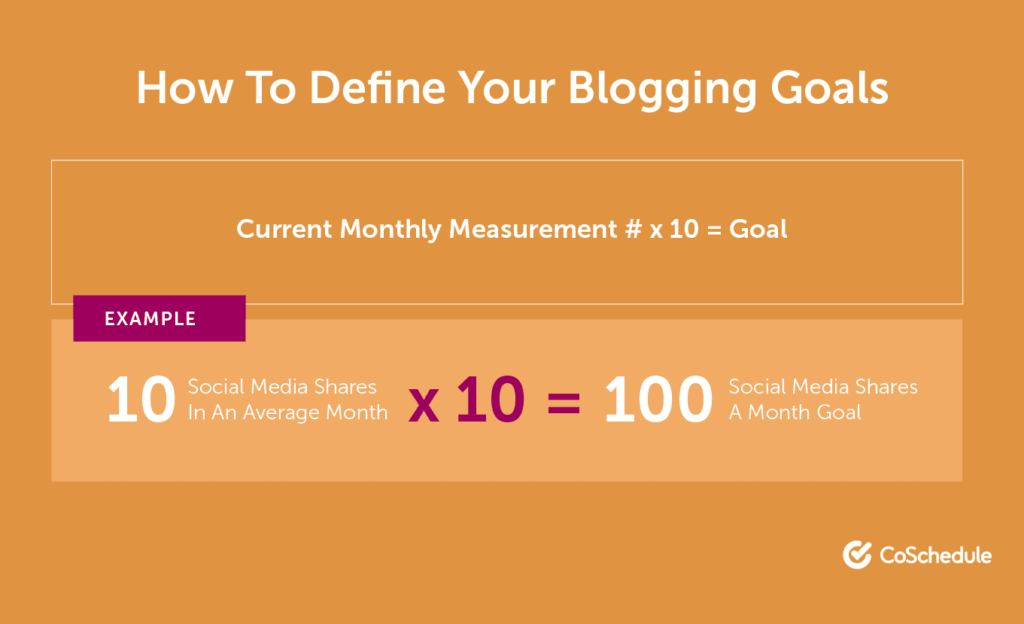
Blogs help achieve various purposes and goals, from brand awareness to enhancing search engine rankings, nurturing leads and informing about products/services. When you clearly define your purpose, you’re in a better position to create blogs that achieve the desired goal.
So, think carefully about the purpose of your blog and what questions you want to answer.
For instance, if you are creating content for your online sportswear and gym equipment store website, your purpose is to improve online visibility and to provide tips and tricks on using the right equipment and gear while exercising through your blog.
Make sure your goals are realistic and achievable and earn the desired results. Define your goal at the onset, and it will help you keep all the other elements of your strategy in place.
Besides, defining goals will also inform what metrics you should track and prioritise. Returning to the above blog content marketing examples, since your goal is to improve visibility, measuring page views and organic topics will tell you if you’re hitting the mark.
Define Your Audiences
To develop high-quality content ideas that impact the reader, it is essential to identify who you are blogging for. Hence, before you start planning your content, identify your audiences.
By specifying your reader list, you can produce valuable and relevant content to your target audience’s interests and compel them to convert. Setting your targeted readers helps, especially when you have started blogging and content marketing.
As a seasoned blogger, you might also want to analyse your audience and conduct market research periodically to determine if your target audience remains the same or if you need to recognize your new reader base.
Every blog post you create must target a specific subset of people, covering the subjects that matter most to them and sharing meaningful insights that have an impact on them.
For instance, if you’re a B2B advertising agency, your ideal audience will probably be B2B and B2C businesses with products and services. Now, you need to identify their pain points or needs. For example, what kind of trouble they’re facing about promoting their offerings. Once you know that, you can create a blog post that addresses their issues and helps them out.
Perform a Content Analysis
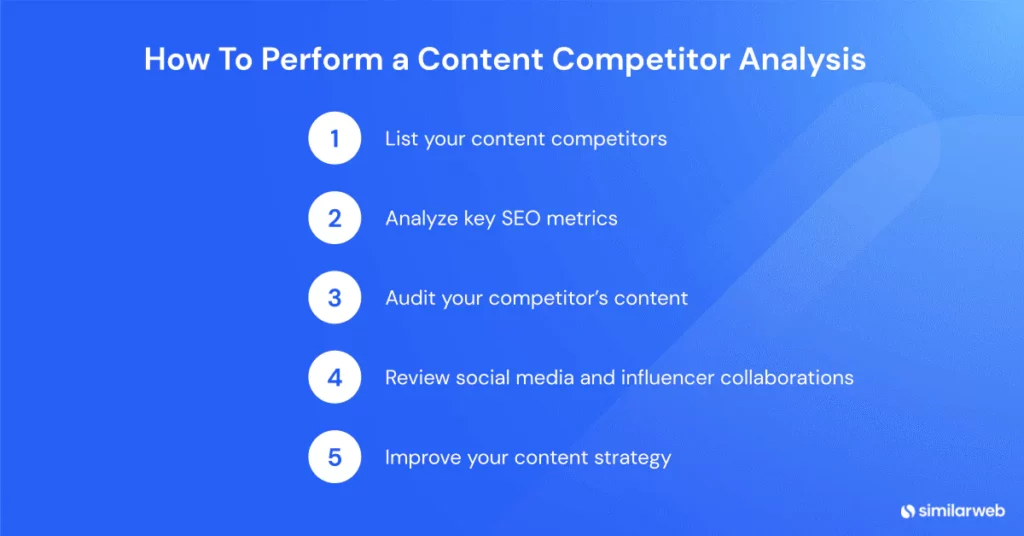
The next step in how to develop a blog content strategy is to perform content analysis. Most brands start their content marketing and SEO journey with blogs. So, it is better to audit your content to check if you are moving in the right direction. Ask yourself,
- Is the content aligning with your goals?
- Is the content offering any value to your reader and addressing their pain point?
- Is the blog engaging enough for the readers?
- Does the blog contain your target keywords?
Additionally, if you decide to venture into new formats, analyzing your top-performing and lowest-performing blog posts using tools like Google Analytics will help refine your content.
With a content audit, you can also find repurposing opportunities to optimise your content on multiple platforms. This means grabbing your most popular blog and creating YouTube videos, podcasts or even an e-book. Alternatively, you can use your social media posts, video content, and other content forms to identify topics for blog posts.
Research your Competitors
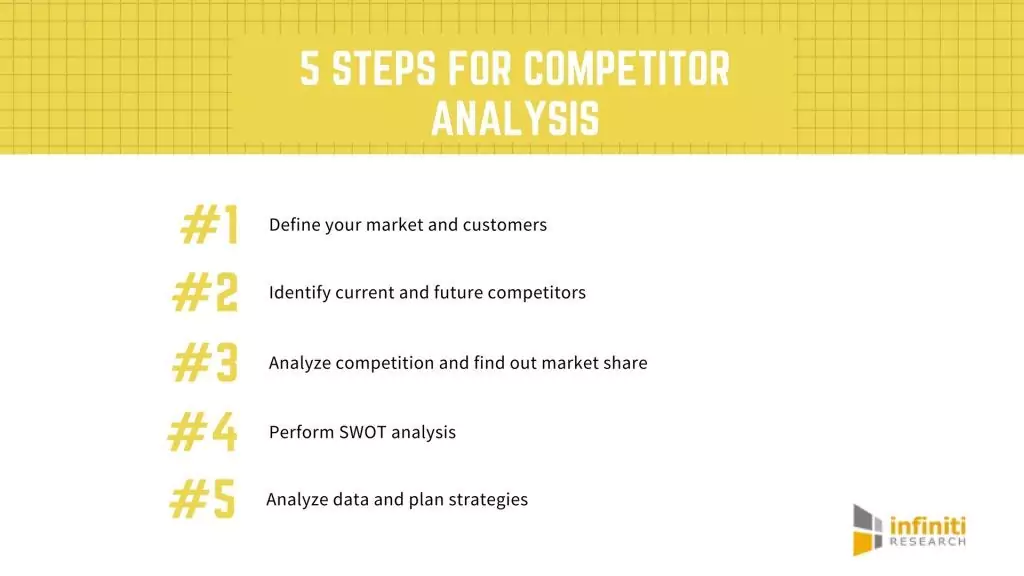
Performing competitive research is crucial to find inspiration in blogging for business. Analyzing your competitor’s blogs helps you identify what works for them, which keywords are bringing traffic, where they are doing well, and what isn’t working.
Even better, you can spot content pieces or key topics your business partners have neglected, giving you a perfect opportunity to get ahead of the competition. You can tackle the content your competitors haven’t explored or add your own spin on their high-performing content topics.
There are two types of competitors you should look for
- Business competitors – Brands that provide similar products or services to the customers.
- Content competitors – Websites you are fighting against to appear in search engine results pages SERPs, but they may not necessarily have the same business as yours.
Moving ahead with how to create a blog content strategy, you have plenty of content marketing and SEO channels to help conduct competitor research. Semrush, for instance, features various competitor analysis tools to determine which pages draw the most traffic to rival sites, what keywords work for them, and what you can do.
Even better, if you’re unsure about your competitors, these tools help with market research to clear things for you.
Identify The Target keywords
Now that you have determined your goal, identified your audiences, and analyzed what your competitors are doing, it is time to research the target keywords. Researching keywords helps you find what people are looking for on your website and is crucial for content SEO strategy.
It doesn’t matter if generating organic traffic is your critical goal; you still need your website to rank higher on SERPs so people can find your blog content. And what better way to improve online visibility and ranking than incorporating keywords that your audience uses in searches in your blog posts?
You must have recognized a few keywords from your competitor’s blogs; you just need to add some of your own using keyword research tools such as Google Keyword Planner, Google Trends, KWFinder, Ahrefs Keyword Explorer, and more.
There are two main kinds of keywords – short-tail and long-tail. Short-tail keywords are usually two words and are harder to rank as many bloggers use them. In contrast, long-tail keywords are three or more words and, while challenging to place in content, help attract viewers. Ideally, it would be best to mix long-tail and short-tail keywords while creating blog content SEO strategy to improve rankings.
Create Your Content Calendar
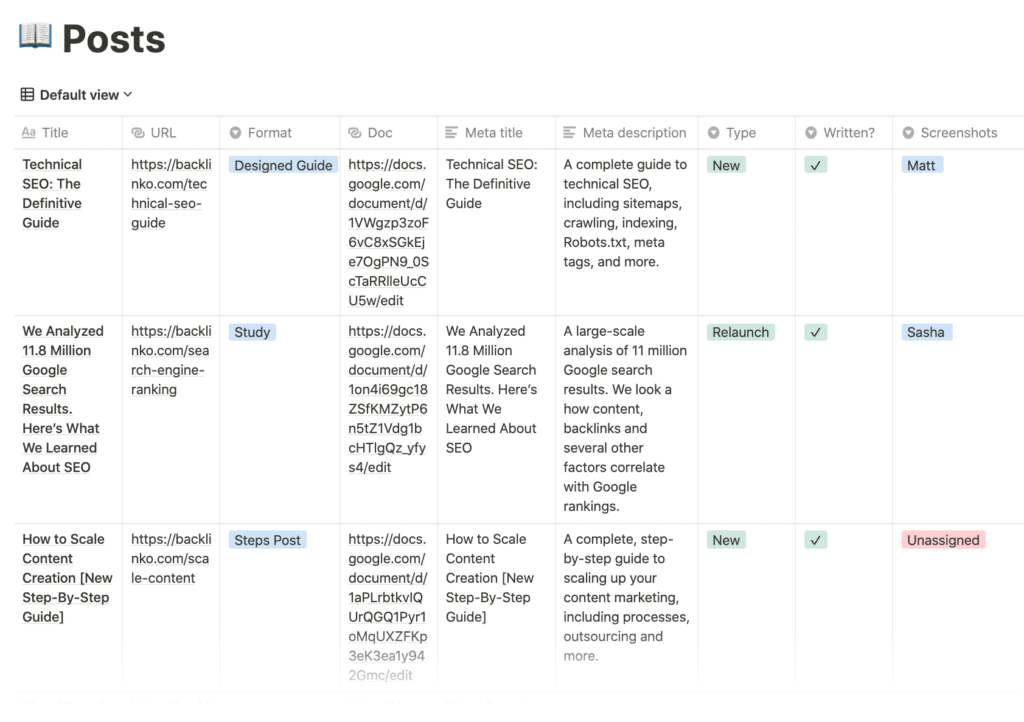
Writing and publishing content on time is significant to boost the impact and effectiveness of your blogs. A content calendar helps plan your content and keep track of what to write and when to publish.
You can brainstorm blog ideas and feed them into the calendar beside an intended date and time. This will help you get down to writing immediately without wasting time searching for ideas, especially on days when you cannot concentrate. Moreover, you can plan how many blogs you wish to publish per month and be consistent about it.
Try to build an editorial calendar with ideas for blogs at least three months in advance. In this way, your writers have ample time to produce great content. At the same time, leave room for flexibility to accommodate trending industry topics or shift things around if needed.
Essentially, when it comes to how often to post blog content, most experts agree that blogging two to four times per week is the best way to enhance traction from your content.
Start Writing Awesome Content
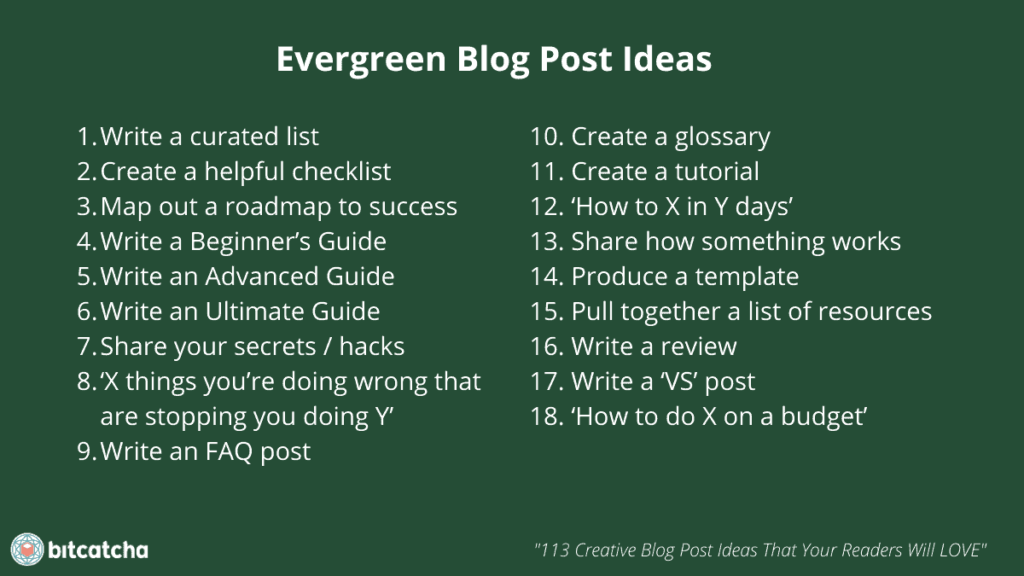
As you have identified your audience, what you will write about, how to research keywords, and plan your content, it is time to kickstart your blog strategy. Besides a good strategy, you will need to create content that is
- Well-written with proper grammar and spelling
- Thoroughly researched to showcase your expertise
- Created with an engaging introduction and proper conclusion
- Structured well with relevant and attractive sub-headings
- Optimized for SEO with keywords and images
- Covering all essential points related to the topic
- Ideally lengthy to relevantly flesh out the subject
- Featuring a gentle call to action, nudging them to explore your brand
Wrapping Up
Once you’ve created a blog content strategy, the next step is to be consistent with creating and publishing your blogs. If you need expert help in understanding how to develop a blog content strategy for your specific business needs, WrittenlyHub can help you with that and more!
Our team of experienced content strategists and qualified blog writers will help you at every stage of developing high-quality blogs for your brand. Connect with us today and start working on a blog content strategy that aligns with your business goals and helps you grow.
Frequently Asked Questions
Where to post blog content?
Publish on your website to drive traffic and build authority. Share on social media and consider guest posting on relevant platforms to reach a wider audience.
How is a blog successful?
A successful blog delivers valuable content, engages the audience, and achieves its goals, whether it’s traffic, leads, or brand awareness. Consistency, quality, and audience-centric content are key factors.
What is a good blog strategy?
A good blog strategy involves setting clear objectives, defining your target audience, conducting keyword research, planning content topics, creating a content calendar, optimizing for SEO, promoting via social media, and analyzing performance. It should align with your business goals and address audience needs.
What are the major components of a blog?
A blog typically includes elements like blog posts, images, videos, and links. It should have a user-friendly layout, clear navigation, an engaging writing style, and a responsive design for mobile users. SEO optimization, social sharing buttons, and a comment section are also key components.
How to plan blog content?
To plan blog content effectively, start by identifying your target audience’s interests and pain points. Conduct keyword research to find relevant topics. Create a content calendar, outline your posts, and schedule publication dates. Focus on delivering valuable and engaging content that addresses audience needs.




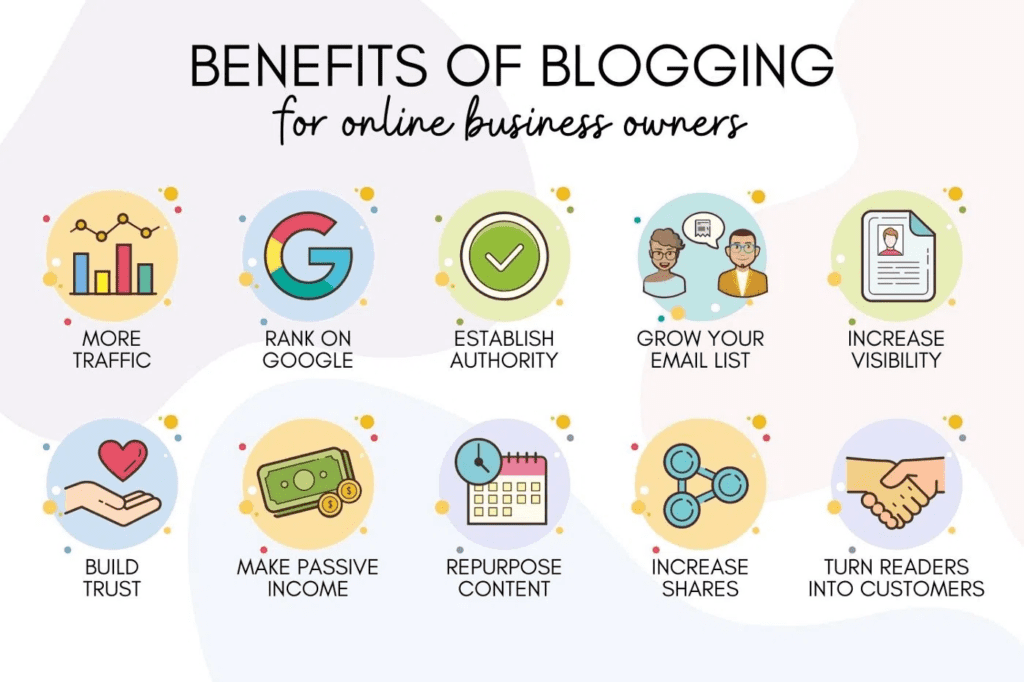

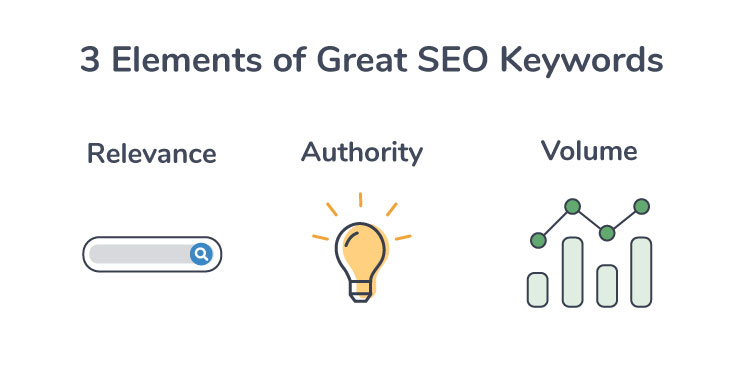












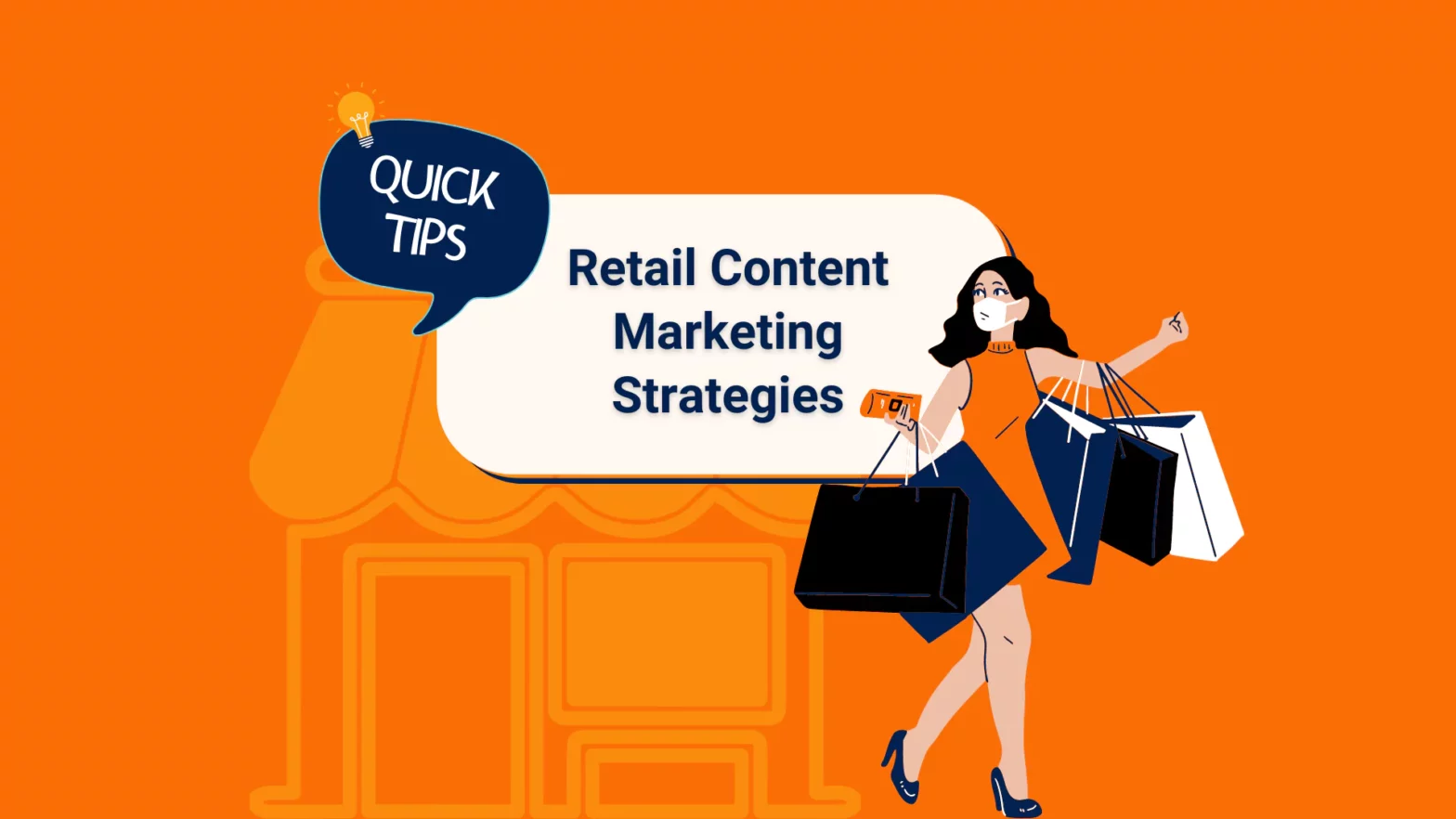














































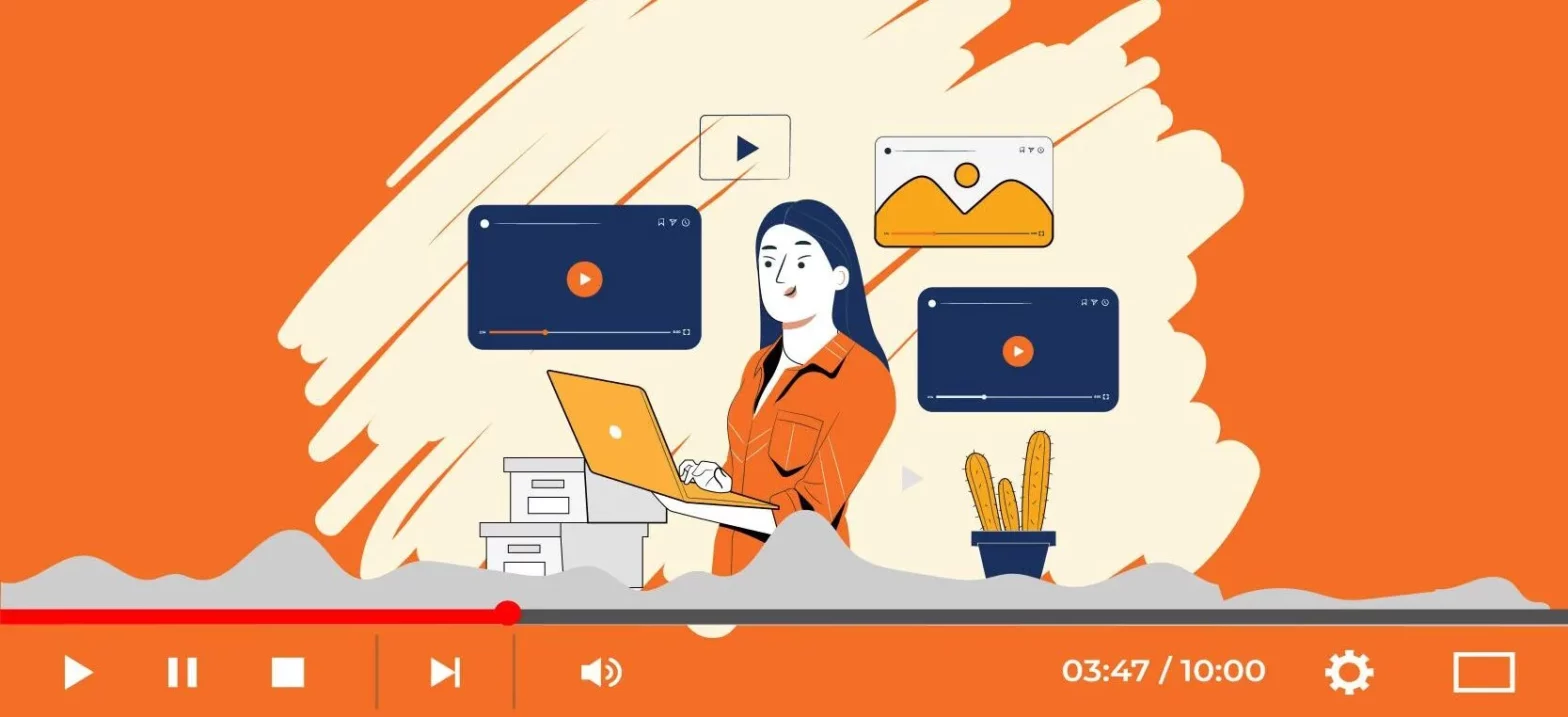



















































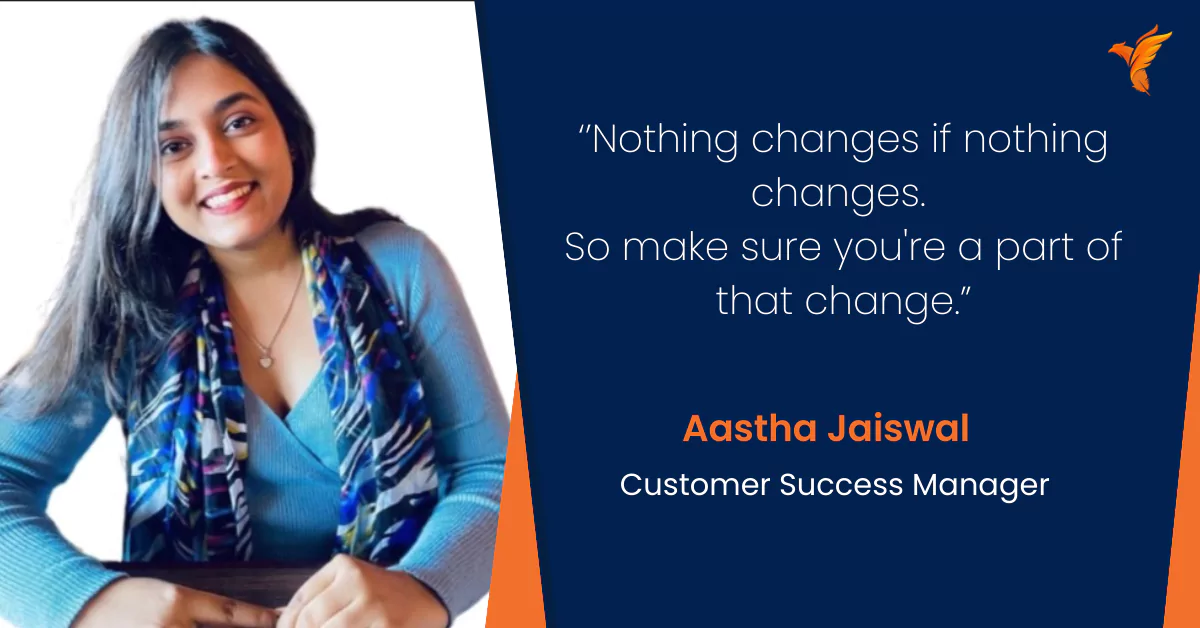






Thanks for sharing such informative information, great blog post.